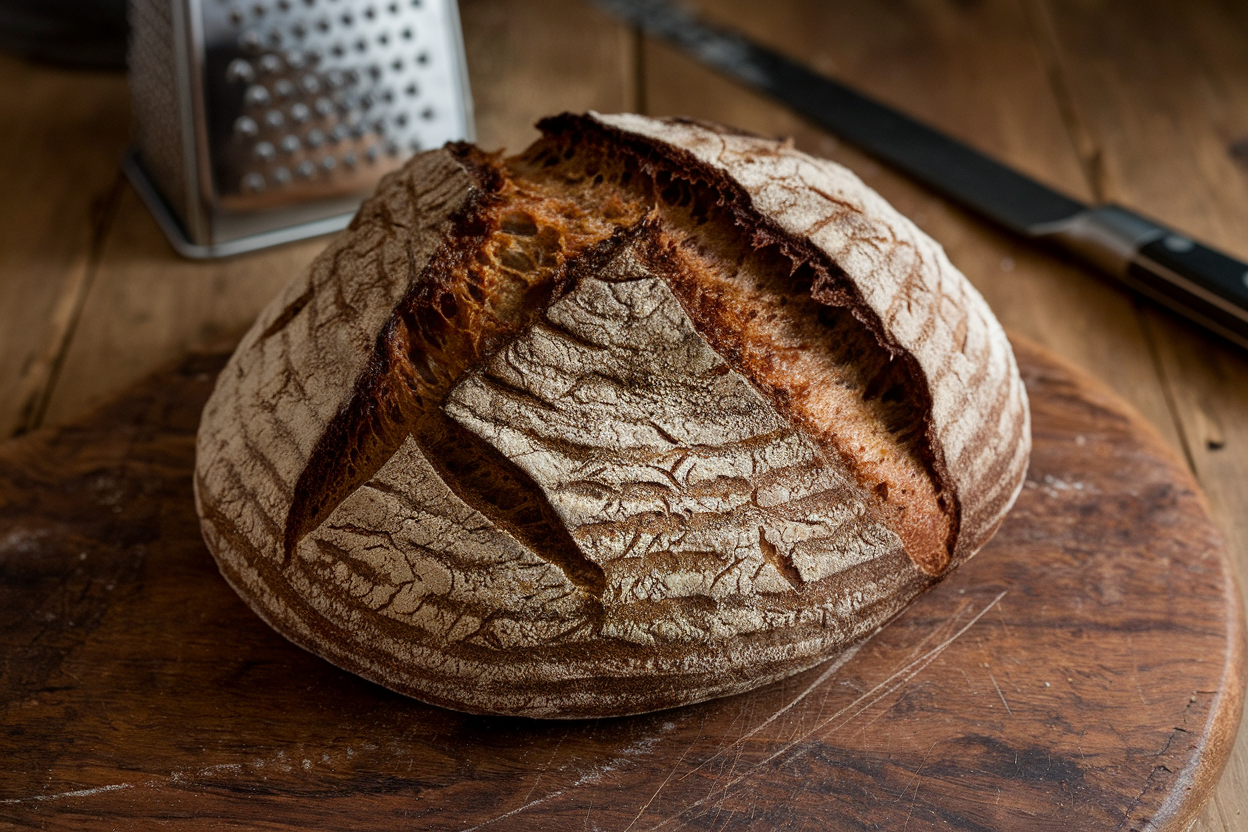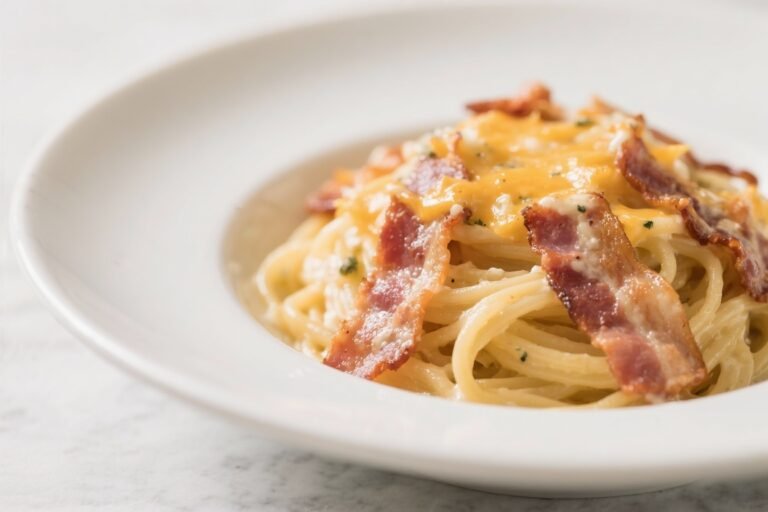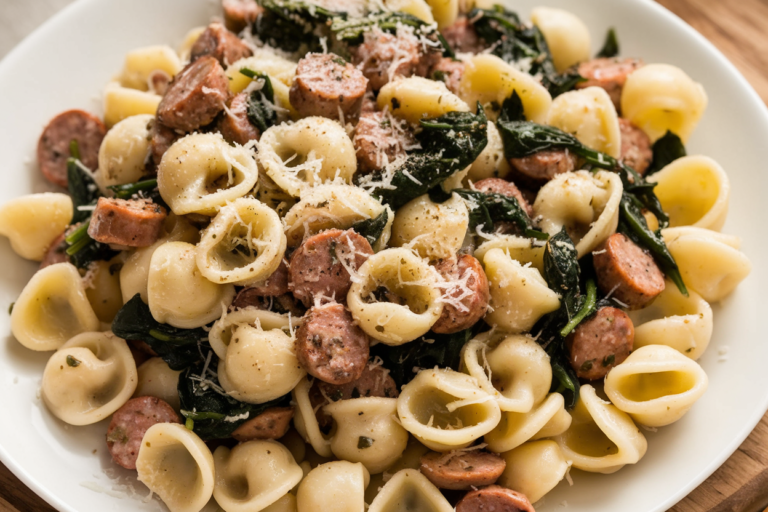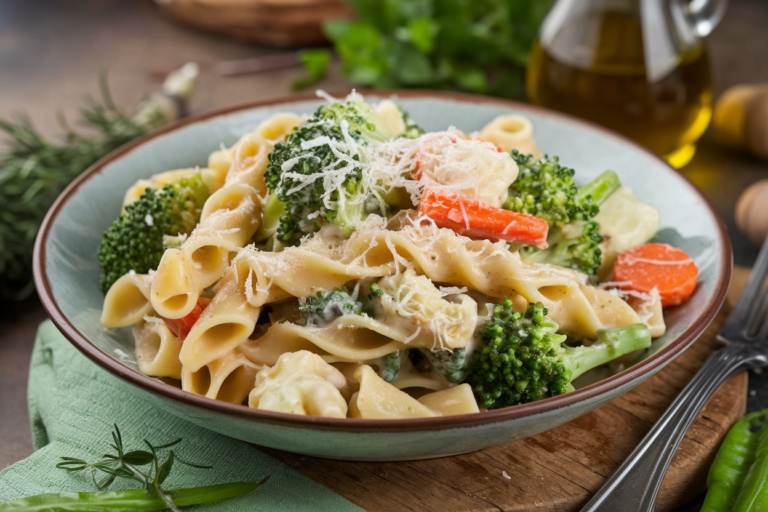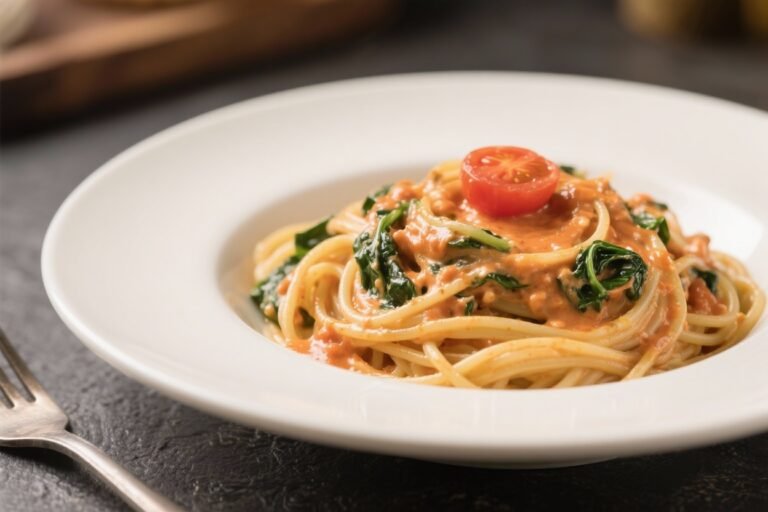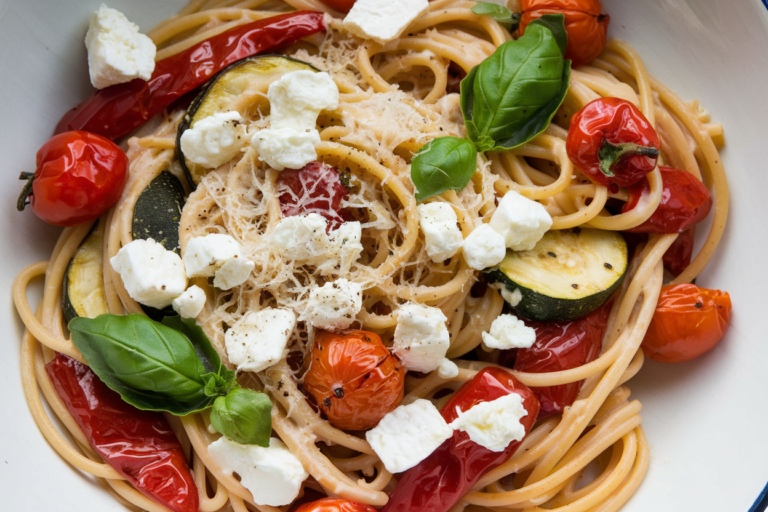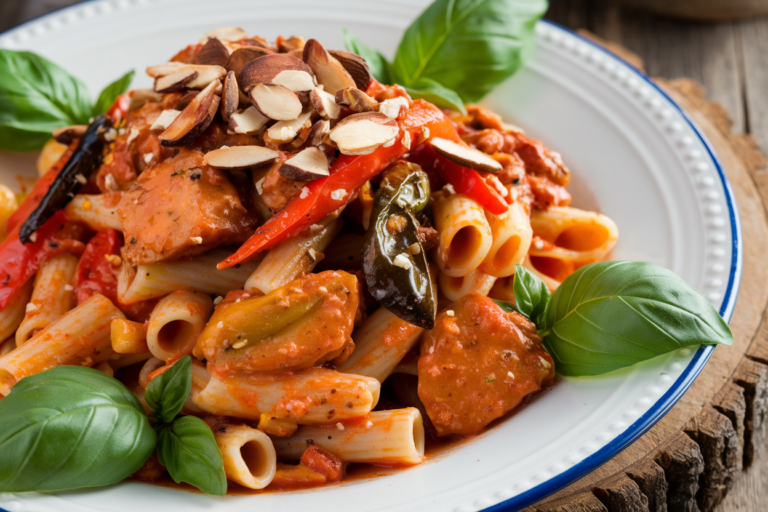Rustic Rye Sourdough Loaf: The Bread You Didn’t Know You Needed
Imagine biting into a loaf of bread so good it makes supermarket sourdough taste like cardboard. That’s the Rustic Rye Sourdough Loaf—crusty outside, tangy inside, and packed with flavor that’ll make you question why you ever settled for less. This isn’t just bread; it’s a flex.
It’s the kind of loaf that turns breakfast into an event and sandwiches into masterpieces. And guess what? You can make it at home.
No fancy bakery, no overpriced artisanal markups. Just you, a few simple ingredients, and a little patience. Ready to level up your bread game?
Why This Recipe Slaps
The Rustic Rye Sourdough Loaf isn’t just another bread recipe—it’s a flavor bomb.
The combination of rye flour and sourdough starter gives it a deep, earthy taste with a hint of tang. The crust? Shatteringly crisp.
The crumb? Soft, chewy, and full of those Instagram-worthy air pockets. Plus, it’s naturally fermented, so it’s easier on your gut than commercial yeast breads.
🍫 The Ultimate No-Bake Dessert Ebook 🍓
30 mouthwatering no-bake recipes you can whip up in minutes — creamy cheesecakes, fruity parfaits, chocolatey bars, and more!
- ⚡Quick & easy — no oven required
- 📖30 recipes + bonus treat
- 🍓Chocolate, fruit, nutty & refreshing flavors
- ✨Beautifully designed, instant download
If you’ve ever wanted to impress your friends, your taste buds, or your dog (hey, they appreciate good smells too), this is the loaf to bake.
Ingredients You’ll Need
- 200g active sourdough starter (make sure it’s bubbly and happy)
- 300g bread flour (for that perfect chew)
- 100g rye flour (the secret to earthy flavor)
- 10g salt (because bland bread is a crime)
- 300g water (adjust slightly based on your flour’s thirst)
Step-by-Step Instructions
- Mix the dough: Combine all ingredients in a large bowl. Stir until no dry flour remains. Cover and let it rest for 30 minutes (autolyse, if you want to sound fancy).
- Knead or stretch-and-fold: Either knead for 10 minutes or do 4 sets of stretch-and-folds every 30 minutes.
Your biceps will thank you later.
- Bulk ferment: Let the dough rise at room temp for 4–6 hours, or until it’s puffy and bubbly. Patience is key—don’t rush this.
- Shape the loaf: Gently shape into a round or oval. Place it seam-side up in a floured proofing basket or bowl.
- Final proof: Let it rise for another 2–4 hours, or overnight in the fridge for extra flavor.
- Bake: Preheat a Dutch oven at 450°F (230°C) for 30 minutes.
Score the dough, plop it in, and bake covered for 20 minutes. Uncover and bake for another 20–25 minutes until dark golden.
- Cool: Resist the urge to slice immediately. Let it cool for at least an hour—unless you enjoy gummy bread (weirdo).
How to Store This Masterpiece
Store your loaf uncut at room temp in a bread bag or wrapped in a towel for up to 3 days.
For longer storage, slice and freeze it. Reheat frozen slices in a toaster or oven for that fresh-baked vibe. Pro tip: Don’t refrigerate it—unless you enjoy stale bread (again, weirdo).
Why This Recipe is a Win
Beyond tasting incredible, this loaf is naturally fermented, meaning it’s easier to digest and has a lower glycemic index than regular bread.
Rye flour adds fiber and nutrients, and the sourdough process breaks down gluten, making it gentler on sensitive stomachs. Plus, baking your own bread is cheaper, more satisfying, and guarantees no weird preservatives. Win-win-win.
Common Mistakes to Avoid
- Using a dead starter: If it doesn’t float in water, it’s not ready.
Feed it and try again tomorrow.
- Over-flouring the dough: Too much flour = dense brick. Stick to the recipe.
- Skipping the cooling step: Hot bread is tempting, but slicing too soon ruins the texture. Wait.
It’s worth it.
Alternatives for the Adventurous
No rye flour? Swap it for whole wheat or spelt. Want more crunch?
Add sunflower seeds or caraway seeds to the dough. For a darker loaf, replace 50g of water with brewed coffee (trust us). Feel like a rebel?
Use a mix of flours—just keep the total weight the same.
FAQs
Can I use commercial yeast instead of sourdough starter?
Technically, yes, but then it’s not sourdough. IMO, the starter is what makes this recipe special. If you’re in a pinch, use 7g instant yeast and reduce the fermentation time.
Why is my loaf so dense?
Either your starter wasn’t active, you over-floured the dough, or you didn’t let it rise long enough.
Bread baking is part science, part patience. Don’t cut corners.
Can I make this without a Dutch oven?
Yes, but the Dutch oven creates steam, which gives you that killer crust. No Dutch oven?
Use a baking stone and a tray of water below it for steam.
Final Thoughts
The Rustic Rye Sourdough Loaf isn’t just bread—it’s a statement. It’s proof that a few simple ingredients, some time, and a little effort can create something extraordinary. Bake it once, and you’ll never go back to store-bought.
FYI, your future self (and your sandwiches) will thank you.

